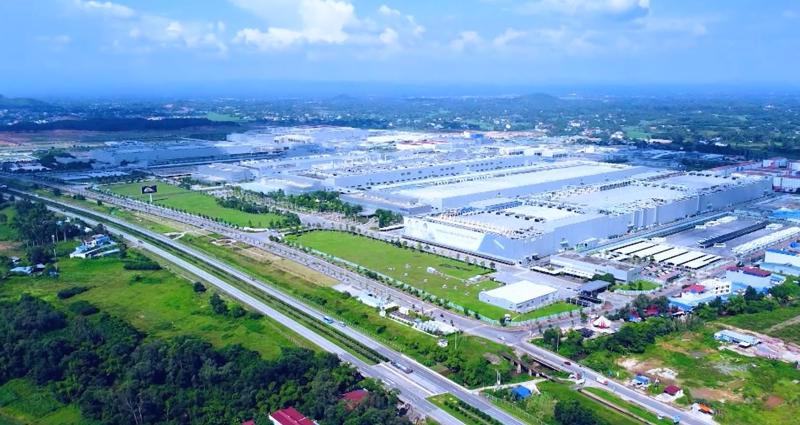The transition of industrial zones towards green development, high-tech application, and environmental friendliness is being promoted to meet Vietnam's commitment to achieving net-zero emissions by 2050.
Ms. Kim Khanh, General Director of the Vietnam Industrial Zone Information Portal (VIZ), emphasized that with the global push for a green transition and changes in global production and supply chains, Vietnam's industrial zones need to seize this opportunity to enhance promotion and attract quality FDI flows.
Therefore, cooperation among infrastructure investors in industrial real estate, manufacturing enterprises, supporting industries, and related organizations is essential to create a cohesive and mutually supportive industrial-trade-service ecosystem.
Mr. Nguyen Chi Toan, Vice Chairman of the Vietnam Industrial Real Estate Association (VIREA), highlighted that the trend of ecological industrial zones following the circular economy model (CEDIP - Circular Economy Industrial Park) is the future direction for the industry.
Vietnam is aligned with this trend, issuing many legal policies to encourage and facilitate the development of green industrial zones. These policies aim to create an attractive investment environment, encouraging businesses to adopt clean technologies, energy savings, and environmental protection measures.
However, the transition to the ecological industrial zone model presents numerous challenges for many Vietnamese enterprises due to legal and financial obstacles, as well as disparities in enterprise capabilities compared to requirements.
Mr. Hoang Tuan Anh, General Director of Shinec Joint Stock Company, the first entity to apply ESG criteria in managing industrial zones under the circular economy model in Vietnam, stated that to transition to a sustainable green ecosystem, industrial zones need to meet several stringent criteria.
These include having a strategic location, synchronized infrastructure, the use of renewable energy, the application of the circular economy, emission reduction, and attracting green enterprises, he said.
“These factors lead to high investment costs for developing a green industrial zone, as investments are required for advanced waste treatment technologies, renewable energy systems, and community programs.”









 Google translate
Google translate